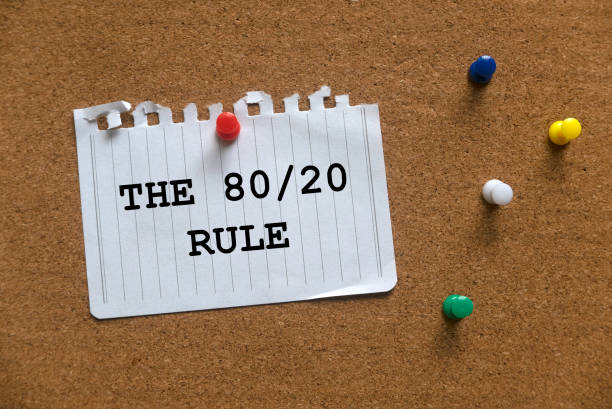Explore Diagrama de Pareto, a tool for prioritizing tasks using the 80/20 principle

Introduction
In the realm of business and quality control, there are many methods and tools aimed at making things run smoother, boosting effectiveness and in the end, increasing profitability. Among the myriad of such tools, the Diagrama De Pareto stands out. What exactly is it, and why is it highly regarded in the world of continuous improvement?
Let’s embark on this enlightening journey to uncover the facets of this remarkable tool.
Diagrama De Pareto: The Core Principle
The Pareto Chart, or Diagrama De Pareto, is based on the Pareto Principle. This principle is called the 80/20 rule, and says that 80% effects comes from 20% cause. This insight, while simple on the surface, has profound implications across diverse fields.
Origin Story: Vilfredo Pareto’s Epiphany
This 80/20 rule was observed by Italian economist Vilfredo Pareto, who observed that 80% of the land in Italy as owned by just 20% of the population. This disproportionate distribution wasn’t isolated to just land ownership. Pareto began to see this pattern replicated in various domains, leading to the birth of the Pareto Principle.
Constructing the Chart: A Step-by-Step Guide
1. Data Collection: Everything starts with gathering relevant data. Whether you’re assessing customer complaints, product defects, or any other metric, a clear data set is your foundation.
2. Ordering the Data: Organise your data from the highest to the lowest frequency.
3. Plotting the Data: Use bars to represent each category, with the height of each bar corresponding to its frequency or total.
4. Drawing the Cumulative Percentage Line:
This line assist in showing the total percentage when you add up various categories.
Applications in Modern Business
– Quality Control: Many businesses utilise the Pareto Chart to pinpoint the most common defects or issues in the production line.
– Decision Making: By focusing on what matters most, businesses can allocate resources more effectively.
– Time Management: The 80/20 rule helps professionals identify activities yielding the most significant results.
Beyond Business: Other Realms of Application
It’s a misconception that the Diagrama De Pareto is confined to just the business world. It’s versatile:
– Healthcare: Hospitals may use it to focus on the most prevalent health concerns.
– Software Development: Developers can optimise their time by tackling the most impactful bugs first.
– Education: Schools might identify which hurdles impede the majority of student success.
Critiques and Considerations
No tool is without its detractors. Critics of the Diagrama De Pareto argue that while it is effective in highlighting dominant issues, it might overshadow smaller, yet critical, concerns.
Pareto in the Digital Age
The online world, with its vast amounts of data, presents a lot of opportunities as well as difficulties for the Pareto Principle/. Advanced software solutions have evolved to automate and enhance the process of creating a Pareto chart.
Case Study: The Power of Pareto in Retail
Imagine a scenario: A retail giant struggling with product returns. By applying the Diagrama De Pareto, the retailer pinpointed that 80% of returns resulted from just two product categories. Armed with this insight, the company overhauled its quality checks for these categories, significantly reducing returns.

FAQs
- Why is the Diagrama De Pareto so important?
The Pareto Chart aids in visually highlighting the most significant factors in a set of data. By focusing on these factors, organisations can prioritise resources efficiently.
- How often should I update my Pareto Chart?
It’s essential to review and update the Pareto Chart regularly, especially if it’s used for ongoing processes like quality control.
- Is the 80/20 distribution strict?
No, the 80/20 distribution is a general guideline. In some cases, the distribution might be 70/30 or 90/10.
- Where did the term ‘Diagrama De Pareto’ originate?
The term is Spanish, translating to ‘Pareto Diagram’ in English. It signifies the chart form representation of the Pareto Principle.
- Can the Pareto Principle be applied to daily life?
Absolutely! Many individuals apply the 80/20 rule to enhance personal productivity, time management, and even financial planning.
- Is specialised software required to create a Pareto Chart?
While there’s software available to automate the process, one can also construct a Pareto Chart manually or using simple tools like Excel.
Conclusion
The Diagrama De Pareto is more than just a chart; it embodies a principle deeply ingrained in nature and human systems. When engaging in work or personal pursuits, keep in mind the 80/20 principle. It may just provide the clarity and focus you’ve been seeking. As Vilfredo Pareto might have mused, ‘It’s the smaller pieces that often complete the bigger picture.’
External Links/Sources:
The 80-20 Rule (aka Pareto Principle): What It Is, How It Works
